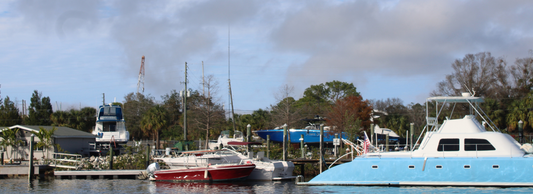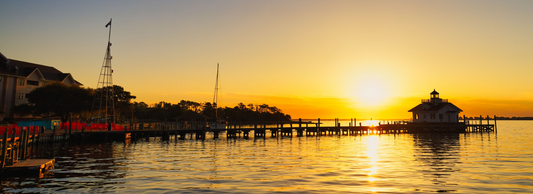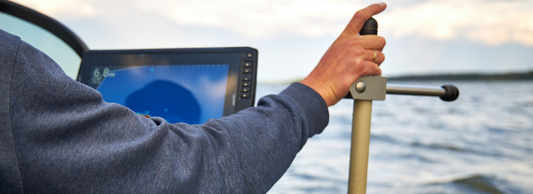Top Mistakes Anglers Make When Using Waypoints—and How to Avoid Them
Let’s be honest—having a list of waypoints is a game-changer, but it’s not a magic bullet. Even the best fishing coordinates can lead to head-scratching days if you’re not using them the right way. Over the years, we’ve seen a lot of good anglers miss out on great catches because of a few common mistakes. Let’s break down the top pitfalls and, more importantly, how you can avoid them to get the most out of every trip.
Mistake #1: Treating Waypoints as Exact Drop Zones
It’s tempting to think of a waypoint as an “X marks the spot” kind of deal. But fish don’t always sit right on top of that mark. Conditions change, currents shift, and sometimes the real action is just a drop or two away. If you pull up to a spot and don’t get bit, don’t give up! Use your sonar to scan around the area, make a few drifts, and circle the spot. Often, the sweet spot is just a little off the mark.
Pro Tip: Think of waypoints as a starting point, not a finish line. Even though we have fished these spots for years, many times we will spend 10 minutes slowly, circling the area until we mark fish. These are known good bottom areas, but fish tend always be on the move.
Mistake #2: Ignoring Conditions (Tide, Wind, Current)
Even with the world’s best numbers, fishing is never “set it and forget it.” Tide, wind, and current can all shift where fish hold—even by the hour. If you’re not catching, try approaching from a different angle or fishing on a different tide. Sometimes, simply moving up-current or switching the side of the structure you’re fishing can turn the bite on.
Pro Tip: Make a quick note of what the conditions were like when you caught fish—it’ll pay off big time later.
Mistake #3: Not Rotating Spots or Overfishing One Location
It’s easy to fall in love with a waypoint after a big day, but hitting the same spot over and over can quickly shut it down. Fish get wise, and pressure makes them move. The best anglers rotate through several waypoints, giving each one a break. This keeps the fish biting and the spots productive.
Pro Tip: Build a “milk run” of waypoints and cycle through them—don’t burn out your best spot.
Mistake #4: Relying Only on Public or Old Waypoints
We see it all the time—anglers using public numbers or lists that have been passed around for years. The problem? Those spots are often overfished, outdated, or just plain wrong. If you want consistent results, invest in up-to-date, private waypoints (like the ones from Fishin’ Not Lookin’), and always be on the lookout for new spots to add to your own list.
Pro Tip: Trust your electronics and instincts. If a spot looks dead, move on and keep exploring.
Mistake #5: Poor GPS Management (Input Errors, Device Settings)
Entering coordinates might seem simple, but it’s easy to mix up a number or use the wrong format (decimal vs. degrees-minutes-seconds). That can put you hundreds of yards off target. Double-check every entry, and make sure your GPS settings match the format of your waypoints. Back up your data, and keep your software updated so you don’t lose your hard-earned numbers.
Pro Tip: Store a backup of your waypoints on your computer or in the cloud—just in case.
Mistake #6: Not Keeping Notes or Tracking Results
Captain Mathis built his legacy on meticulous notes, and there’s a reason for that. Keeping a simple log of your trips—what you caught, where, and in what conditions—can help you spot patterns and make smarter decisions next time out. Even a few quick notes on your phone can make a world of difference.
Pro Tip: After each trip, jot down what worked and what didn’t. Over time, you’ll build your own fishing playbook.
Quick Tips for Maximizing Your Waypoints
- Use your electronics to scan the area, not just the exact mark.
- Rotate your spots and give them time to recover.
- Respect the resource and local regulations.
- Keep learning—every trip is a chance to get better.
Closing Thoughts
Waypoints are powerful tools, but only if you use them right. Avoid these common mistakes, keep learning, and you’ll spend less time searching and more time catching. Tight lines and smart fishing—see you out there!




